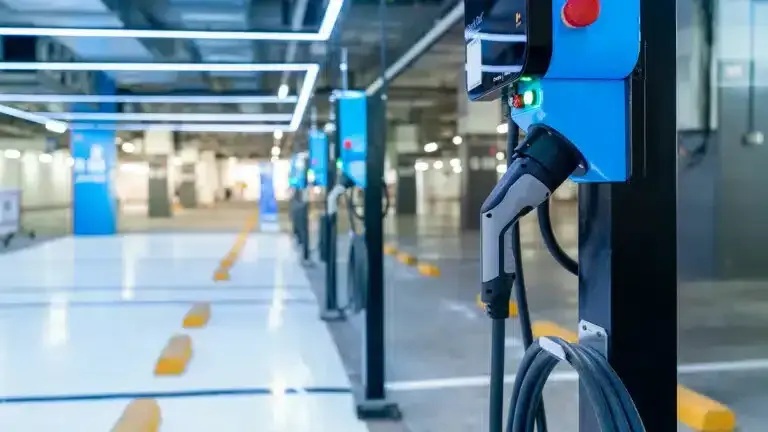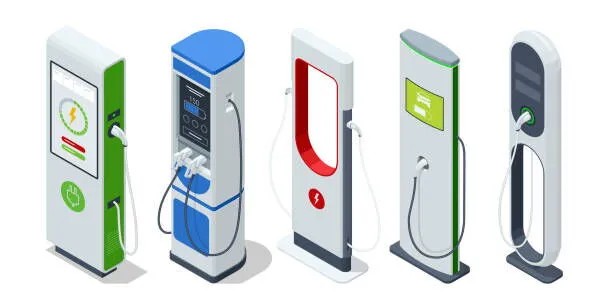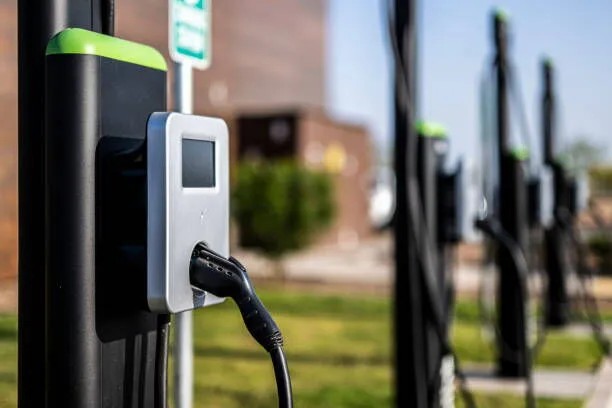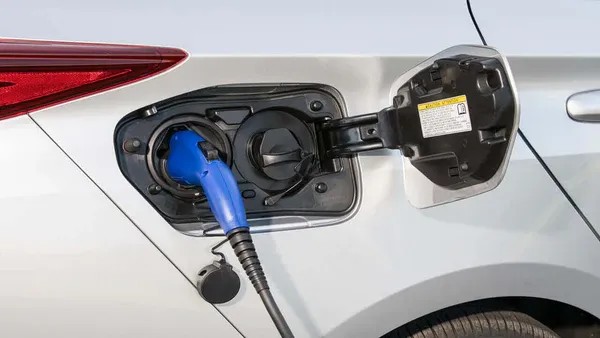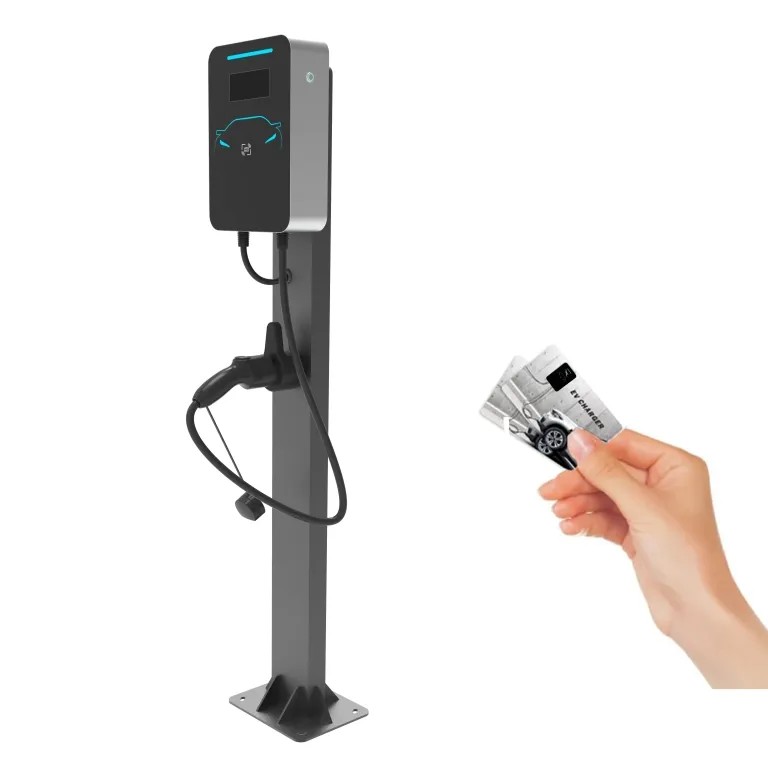Powering the Electric Future: How to Charge Multiple EVs at Home Efficiently
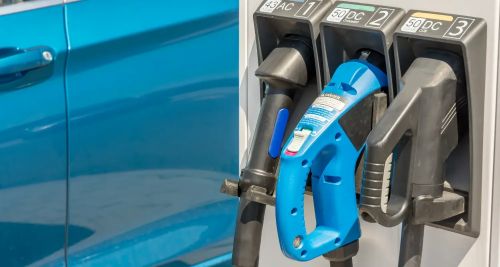
Strong 8k brings an ultra-HD IPTV experience to your living room and your pocket.
Introduction: The Rise of Multi-EV Households
As a Leading EV Charger Manufacturer in China, LiCB Charge Delivers Reliable AC and DC Electric Vehicle Charging Stations Along with Comprehensive Charging Solutions.
As electric vehicles (EVs) continue their rapid adoption, it’s becoming increasingly common for households to own more than one. Whether it’s a couple each driving their own EV or a growing family replacing multiple gas-powered cars, the challenge becomes clear: how do you efficiently charge two or more EVs at home?
Fortunately, modern technology and smarter home energy systems make this easier than ever. With the right setup, you can ensure all your vehicles are charged and ready—without overloading your home’s electrical system or breaking the bank.
Understanding the Basics of Home EV Charging
Level 1 vs. Level 2 Charging
Level 1 Charging uses a standard 120V outlet and provides 3–5 miles of range per hour. It's slow and only suitable for minimal daily driving.
Level 2 Charging, which uses a 240V outlet, is ideal for home use—offering 20–30 miles of range per hour and enabling overnight charging.
If you have multiple EVs, Level 2 is practically essential.
Electrical Panel Considerations
Most residential electrical panels are rated at 100–200 amps. A single Level 2 charger can draw 30–50 amps, so adding a second charger may strain your system. Before expanding, it’s important to have an electrician assess your panel to determine whether upgrades or load management systems are necessary.
Charging Solutions for Multi-EV Homes
Option 1: One Charger for Two Cars (Sequential Charging)
Use one Level 2 charger and alternate between vehicles.
Pros:
Lower cost
No need for electrical upgrades
Ideal if one car is used more than the other
Cons:
Manual cable swapping
Only one car charges at a time
Great for households with staggered schedules or an occasional-use second vehicle.
Option 2: Two Chargers for Two Cars (Simultaneous Charging)
Install two Level 2 chargers to charge both EVs at once.
Pros:
Full flexibility
Smart features like scheduling and monitoring
Future-ready for additional EVs
Cons:
Higher upfront costs
Possible need for a panel upgrade
This is the best solution for families where both EVs are used daily and require frequent charging.
Option 3: Dual EV Charger Splitters
These devices split a single 240V outlet to charge two EVs intelligently.
Benefits:
No need for a second outlet
Affordable and simple installation
Smart load balancing included
Some splitters charge both vehicles at reduced speeds, while others alternate based on priority or schedule—making them a perfect middle ground between cost and convenience.
Smart Charging and Load Management
Modern EV charging systems now include smart load balancing to help prevent electrical overload. These systems can:
Detect other appliance loads
Distribute available power efficiently
Prioritize one vehicle over another
Allow app-based control for scheduling and monitoring
Products like the Tesla Wall Connector (Gen 3) or ChargePoint Home Flex support multiple charger setups with intelligent power-sharing features.
Do You Need an Electrical Panel Upgrade?
Not always. Many homes can support two EV chargers—especially when using smart load management.
You might need an upgrade if:
Your panel is under 150 amps
You run other heavy appliances (e.g., electric water heaters, dryers)
You want both EVs to charge at full speed simultaneously
An electrician can perform a load calculation to assess your current system and recommend upgrades or alternatives like the DCC-9 load management device.
Smart Charging Strategies for Families
Stagger Charging Times: Charge one EV overnight, the other in the morning.
Prioritize Usage: Allocate faster charging to the vehicle with the longer commute.
Use Energy Monitoring Tools: Devices like Sense or Emporia help track energy usage.
Take Advantage of Off-Peak Rates: Many utilities offer cheaper electricity at night—schedule your charging accordingly.
Installation & Cost Overview
Hire a Licensed Electrician
An experienced electrician will:
Assess your electrical capacity
Ensure proper permitting
Guarantee safety and code compliance
Typical Costs:
Level 2 Charger: $500–$1,200
Installation: $300–$1,000 per charger
Panel Upgrade: $1,000–$3,000+
Prices vary by home layout, distance to panel, and local regulations.
Adding Solar Power to Your EV Charging
Yes, you can charge multiple EVs using solar energy. Pair solar panels with a home battery system for energy storage and reliability. Some smart chargers can prioritize solar usage, helping you:
Reduce your carbon footprint
Lower electricity bills
Increase energy independence
Preparing for the Future of EV Charging
To future-proof your setup, consider:
Installing conduit for future chargers
Choosing chargers with Wi-Fi and OTA software updates
Exploring V2G (vehicle-to-grid) capabilities
Watching trends like wireless or robotic charging systems
Final Thoughts: Simplifying Multi-EV Charging at Home
As more families embrace EVs, multi-car home charging is no longer a challenge—it’s an opportunity. Whether you opt for a single smart charger, a dual-port splitter, or a full dual-charger installation, the right strategy will keep your garage ready for the electric future.
Evaluate your household’s needs, understand your electrical limitations, and invest in technology that fits your lifestyle. With a little planning, keeping multiple EVs charged at home can be as easy—and far cleaner—than a trip to the gas station.
Learn more about Google SEO.
Note: IndiBlogHub features both user-submitted and editorial content. We do not verify third-party contributions. Read our Disclaimer and Privacy Policyfor details.



